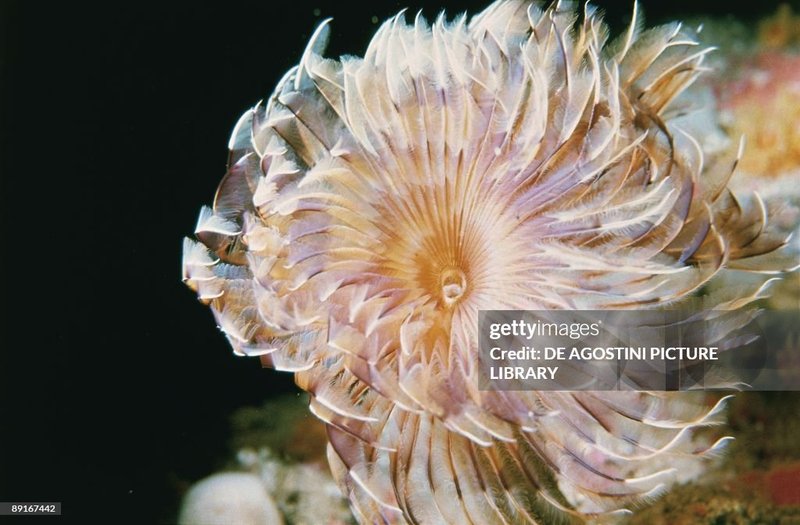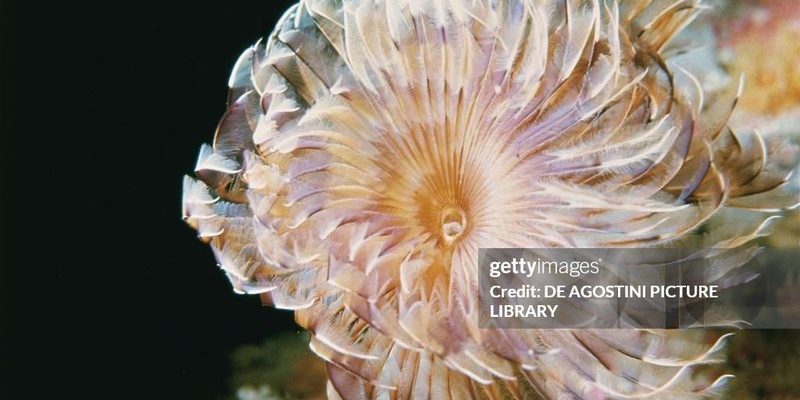
Imagine you’re sitting at a cozy café, chatting with a friend about the wonders of the ocean. If you’re curious about the Sabellid fan worm, you might be surprised to learn that documenting their behavior can be as simple as setting up a camera. Using field cameras, like the GoPro or any waterproof model, allows researchers and enthusiasts alike to capture the natural actions of these worms in their habitat without causing disruption. Let’s dive in and explore how this works!
Understanding Sabellid Fan Worms
To grasp why documenting the behavior of Sabellid fan worms is important, let’s first understand what they are. These marine polychaetes, related to earthworms, are known for their stunning feathery crowns and tube-like structures they inhabit. They play a crucial role in marine ecosystems by filtering water and providing food for other animals.
You might be wondering what makes them so special. Sabellid fan worms can be found in various environments, from sandy bays to rocky coasts. They’re not just pretty to look at; they contribute to the delicate balance of marine life. Observing their behavior can give us insights into their feeding patterns, mating rituals, and overall health, which is vital for conservation efforts.
Why should we care about documenting their behavior? Well, changes in their activities might indicate shifts in the ecosystem, like water quality or temperature changes. By keeping an eye on them, we can better understand our oceans and take steps to protect these habitats.
The Role of Field Cameras in Marine Research
Field cameras are like little eyes that can watch nature without interfering. They’re designed to operate in various environments — including underwater. This means researchers can capture the natural behavior of organisms like Sabellid fan worms in their own habitats. It’s a bit like having a secret observer in the ocean!
There are several types of field cameras available, ranging from simple waterproof models to sophisticated devices equipped with infrared sensors and motion detection. Some popular choices include GoPro cameras and other rugged brands designed for underwater use. These cameras can provide high-quality footage that helps scientists gather data without impacting the creatures they’re studying.
Using field cameras has revolutionized how we understand marine life. Instead of relying solely on manual observation, which can be intrusive, these devices allow for long-term monitoring and provide a more comprehensive view of the ocean’s hidden activities.
Setting Up Cameras for Optimal Results
When it comes to documenting Sabellid fan worms, the setup can make or break your research. You want to ensure that the camera is positioned in a way that captures the worms’ natural behavior without disturbing them.
Here are some steps to set up your field camera effectively:
- Choose the Right Location: Look for areas where Sabellid fan worms are abundant, like sandy bottoms or shallow reefs.
- Secure the Camera: Use a stable tripod or secure it to a nearby rock. You want it steady to avoid shaky footage.
- Set the Right Settings: Experiment with settings like resolution and frame rate. High resolution is great, but be mindful of battery life.
- Test Before You Leave: Run a quick test to ensure everything is working correctly. Check for any adjustments needed before your long observation period.
By following these steps, you’ll have a better chance of capturing the incredible behavior of these worms.
Behavioral Observations Worth Documenting
Once you’ve set up your field camera, it’s time to start capturing. What kind of behavior should you focus on? Here are a few key things that researchers often look for:
– Feeding Behavior: Sabellid fan worms extend their crowns to catch plankton and other food particles. Watching how they do this can provide insights into their feeding efficiency and preferences.
– Reproductive Activities: Observing mating behaviors, such as the time of year certain activities happen, helps in understanding their life cycles and population dynamics.
– Response to Environmental Changes: How do these worms react to currents, or changes in light? Documenting their responses can shed light on their adaptability.
By focusing on these areas, you contribute valuable information to the scientific community and help paint a clearer picture of the ecological role of Sabellid fan worms.
Challenges in Documenting Behavior
While using field cameras is an exciting way to observe marine life, it’s not without challenges. Here are a few hurdles you might encounter:
– Water Clarity: Sometimes the water can be murky, making it difficult to capture clear images. If you’re dealing with low visibility, consider timing your observations during times of clearer conditions.
– Battery Life: Field cameras, especially those running continuously, can run out of battery quickly. Always check battery levels and consider using external battery packs if available.
– Wildlife Interference: Other marine creatures may accidentally bump into your camera or even trigger it. While that might be frustrating, it can also lead to unexpected discoveries!
By being aware of these challenges, you can better prepare for your documentation efforts and adjust your strategies as needed.
Analyzing and Sharing Your Findings
Once your field cameras have captured some footage, the next step is analysis. Here’s where the fun really begins! You’ll want to sort through your recordings and take notes on significant behaviors.
Consider categorizing the footage into different behaviors for easier analysis. A simple spreadsheet can help organize observations, indicating times and specific activities. Analyzing this data can lead to fascinating insights into the habits and needs of Sabellid fan worms, potentially influencing conservation methods.
Sharing your findings is also essential. Engaging with local marine biology communities or social media can open the door for discussions and collaborations. You might be surprised at how many others are interested in marine life and your contributions could spark new research or conservation efforts.
Documenting the behavior of Sabellid fan worms using field cameras is more than just a scientific endeavor; it’s a window into the magical world beneath the waves. With technology making it easier to observe these creatures without interruption, we have a greater opportunity to understand our oceans.
Whether you’re a budding marine biologist or a curious nature lover, using field cameras can enrich your appreciation for the beauty of the underwater world. So, grab a camera, find a beach, and start watching. Who knows what you might discover?

